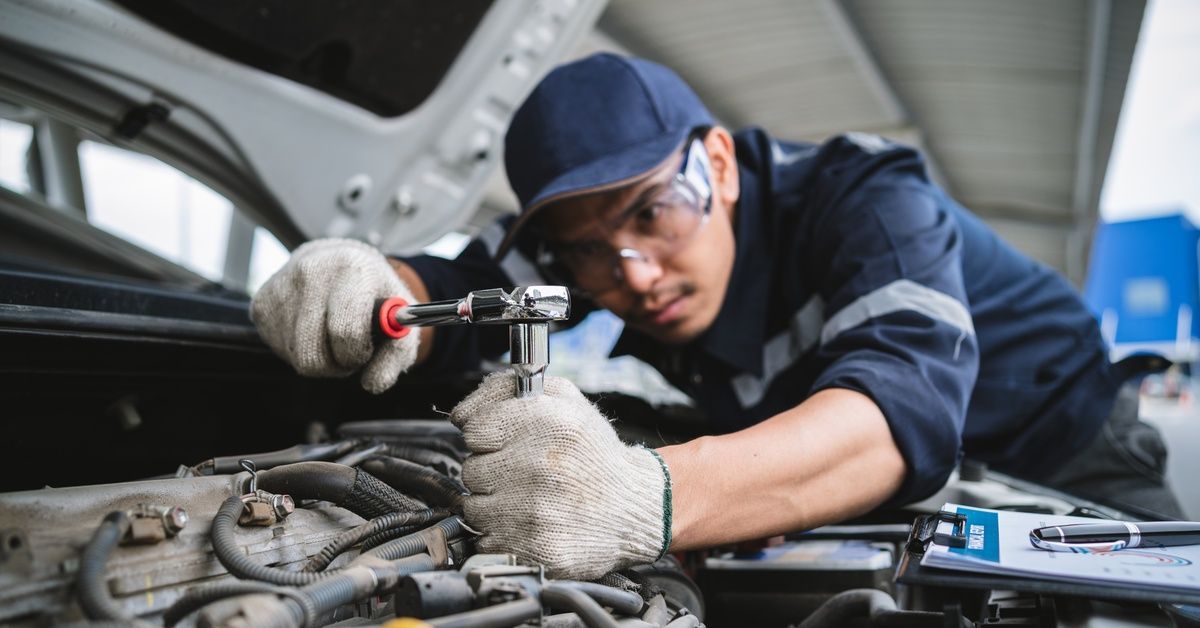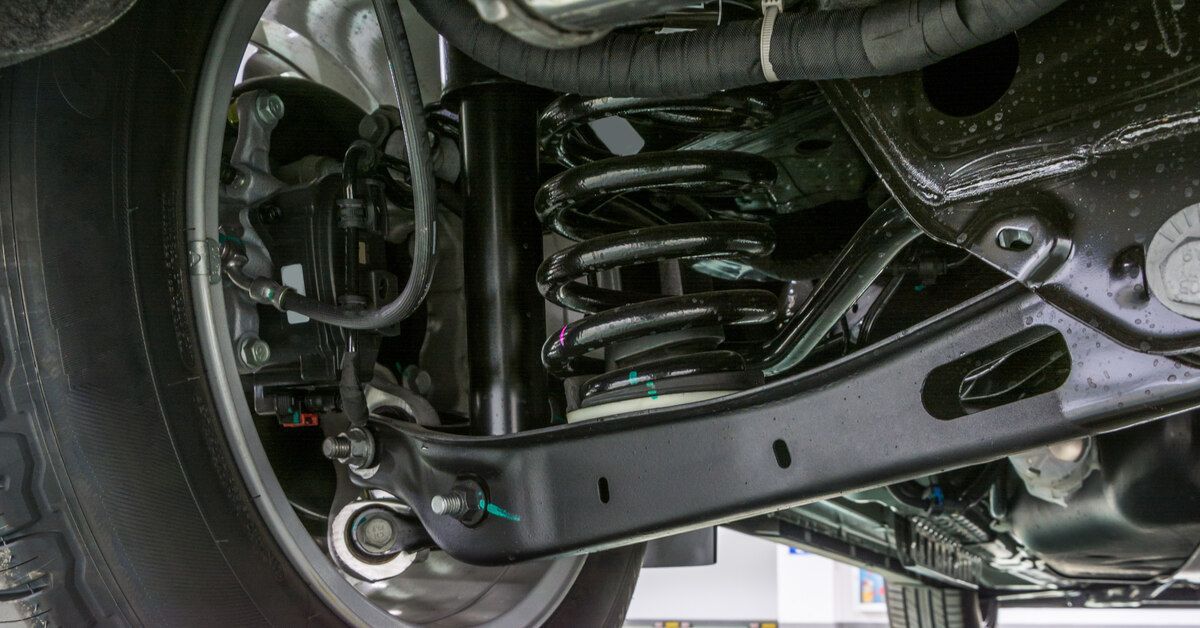Transportation Using Natural Gas

Transportation
Just as natural gas has transformed the way America powers our cities, businesses and homes, natural gas can also power a range of engines from commercial truck fleets to ships. Natural gas is changing how we get people and goods from one place to another.
Leading the Way with On-Road Applications
Natural gas powers more than 150,000 vehicles on America’s roads today and more than 15.2 million roads worldwide. There are 1,700 natural gas fueling stations in the United States, with more coming on line every month. And with affordable and abundant supplies of natural gas ready to meet a growing demand in the transportation sector, consumer choices are increasing with the continued introduction of passenger cars and trucks built to run on natural gas.
The Benefits of Natural Gas as a Transportation Fuel
The benefits for natural gas
as a transportation fuel are similar to its benefits when used in power generation – it’s clean, reliable and affordable.
For example, marine vessels powered by natural gas are able to meet new stringent emissions requirements without investments in expensive control technologies because they operate cleaner than traditional marine fuel engines. Those same benefits extend beyond the air we breathe and include lifecycle savings through reduced fuel costs and lower operating and maintenance costs as well.
Moving America: Liquefied Natural Gas (LNG)
Today’s trucks, ships, trains and other high-horsepower equipment are capable of running on LNG, and fleet managers of all kinds are turning to this fuel to reduce emissions and operating costs.
LNG is natural gas that is super cooled and, as the name suggests, turned from a gaseous to liquid state. The resulting product has a volume that is roughly 1/600th of its original size, which allows it to be stored and transported.
“Moving America” takes viewers across the country to help answer how LNG works, its benefits and what greater use of liquefied natural gas can mean for America. Watch it here.
Where Natural Gas is Being Used for Transportation Today
Here are just a few examples of how natural gas is changing America’s transportation sector:
Consumer Vehicles
Automakers including Ford and Honda are making natural gas vehicles available to consumers. With more than 1,200 stations nationwide, it’s getting easier for owners to hit the road with cleaner, dependable and affordable natural gas powering their ride.
Commercial Fleets
UPS, the world’s largest package-delivery service, operates one of the nation’s largest natural gas vehicle (NGV) fleets, and in 2016 announced plans to build an additional 12 compressed natural gas (CNG) fueling stations and add 380 new CNG tractors to its growing alternative fuel and advanced technology fleet. The CNG fueling stations and vehicle purchases totaling $100 million are part of UPS’s ongoing commitment to diversify its fuel sources and reduce its environmental impact.
Government Fleets
Visitors to the majestic Grand Canyon can view the National Park while riding shuttle buses powered by natural gas.
Public Transit
Los Angeles runs 2,200 CNG-powered buses every day. The city reports reducing particulates 80 percent, cutting greenhouse gases by 300,000 pounds per day, and saving nearly 20 percent on fuel versus its previous diesel fleet.
Marine Vessels
The world’s first fully liquefied natural gas (LNG) powered container ships are being built by shipping firm TOTE right here in America. The ships will help the company drastically reduce emissions, by up to 97 percent for pollutants like sulfur.




